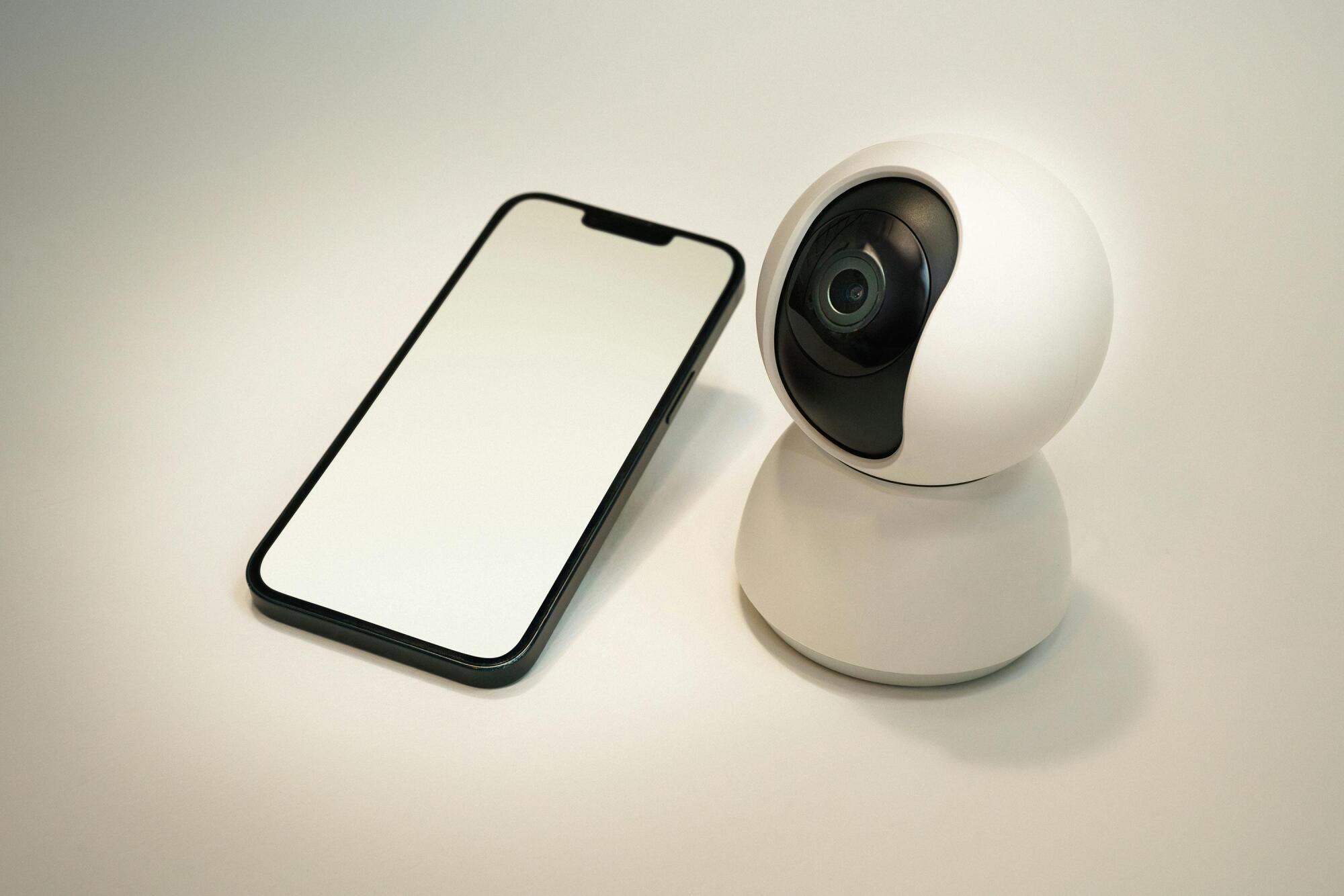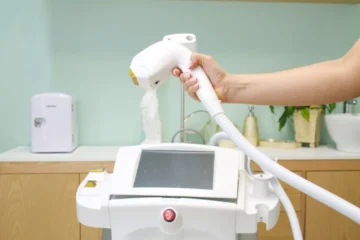Some nights feel heavier than others. You lock the doors, turn off the lights, and still wonder- what if? It’s not just about fear. It’s about being prepared.
Your home holds more than walls and furniture. Your business is more than shelves and doors. They hold your time, your dreams, your people. Protecting them means more than wishful thinking. It means choosing the right tools.
A surveillance system does more than record. It helps you feel calm when you’re away. It enables quicker reactions if issues arise. But with so many options out there, choosing one can feel overwhelming.
Let’s break it down in a way that makes sense. Whether you live in a quiet neighborhood or run a shop downtown, the right system is out there.
Know Your Space Before You Shop
Before diving into camera features or brand names, stop and look at your space. Where are the weak spots? Which areas stay dark at night? What entries can’t be seen from inside?
For homes, think front doors, garages, yards, and any side gates. For businesses, consider cash areas, storage rooms, customer entrances, and parking spaces. Every property is different. So your system should match the shape and size of your place.
This first step matters more than any gadget. A fancy camera pointed at the wrong place won’t help. But a well-placed basic one might give you exactly what you need.
Camera Types: Seeing What You Need to See
Not all cameras are built the same. Some show wide views. Others zoom in close. Some turn and follow the movement. Some stay still but never blink.
If you need to watch a single spot, like a front door, a fixed camera works well. If you want to track movement across a large area, a pan-tilt camera can scan wide zones. If you need sharp images in low light, look for one with strong night vision.
And resolution matters. The sharper the image, the better your chance of catching faces, license plates, or tiny details. A blurry video won’t help much when you need answers.
It’s not about getting the most expensive camera. It’s about finding one that does what you need, where you need it.
Wired vs Wireless: Choosing the Right Connection
Wired systems connect directly through cables. That usually means more stable signals and no batteries to change. But they take longer to install and might require drilling or help from a pro.
Wireless systems are easier to set up. They use Wi-Fi to connect cameras to your device. You can move them around more easily, too. But they rely on a strong internet and sometimes need charging or battery replacement.
Neither option is perfect. The right choice depends on your layout, your comfort with tech, and whether you rent or own your space.
Storage: Keeping Your Footage Safe
Surveillance systems record video, but where does it go? Some systems store it on local drives. Others save it to the cloud.
Local storage means you have control. No monthly fees. But if the device is damaged or stolen, the footage is gone.
Cloud storage means your video stays safe online. You can access it from anywhere. Some systems keep a few days free. Others charge for more space.
Think about how long you want to keep videos and whether you’ll need access from your phone or another location. That choice helps narrow down your options.
Alerts That Make a Difference
You don’t want to sit and watch a screen all day. That’s why good systems send alerts. When motion is detected or a door opens, your system can send a ping to your phone.
Some even let you see what’s happening in real time, so you can act fast. Others use smart detection to tell the difference between a pet and a person.
That’s where a self monitoring alarm system makes sense. You don’t need someone else watching your feed. You’re in control. And with the right setup, you’ll know exactly what’s happening, the moment it happens.
Ease of Use: Simple is Smart
The best system in the world won’t help if you can’t figure it out. Choose something you can set up, check, and adjust without calling tech support every week.
Look at how the app works. Can you see the feed clearly? Can you scroll through footage easily? Can you adjust the settings on your own?
Ease matters-especially during a stressful moment. The last thing you need is to fumble with settings when you’re trying to check in on your home or respond to an alert.
Think Long-Term: More Than Just Today
Maybe your space is small right now. But what about later? Choose a system that lets you grow. Add extra cameras. Change views. Expand coverage without starting over.
Also, think about durability. Outdoor cameras need to survive wind, rain, heat, and cold. Indoor ones need to blend into your space without standing out too much.
A good surveillance system lasts for years. Make sure what you pick today will still work tomorrow.
Your Comfort, Your Safety, Your Call
At the heart of it, this choice is personal. It’s about how you live, how you work, and what gives you peace of mind.
There’s no one-size-fits-all answer. Some people want full control. Others want quiet backup in the background. Some want cameras in every corner. Others only need one clear view of a door.
And that’s okay. The right system isn’t just about the gear. It’s about how well it fits your life.
Take time. Read. Ask questions. Imagine your day with the system in place. That’s how you know it’s right, not when it sounds good on paper, but when it feels right in your gut.
Watchfulness You Can Count On
Safety isn’t loud. It doesn’t shout. It shows up in quiet, steady ways. A camera that never blinks. An alert that comes right when you need it. The calm that comes from knowing your space is guarded, even when you’re not there.
You don’t need every gadget on the shelf. You just need the ones that work for your space, your habits, and your peace of mind.
So take that step. Start simple if you need to. But start. Because safety doesn’t begin with fear. It begins with knowing you’re ready.
For more on this content, visit the rest of our blog!



